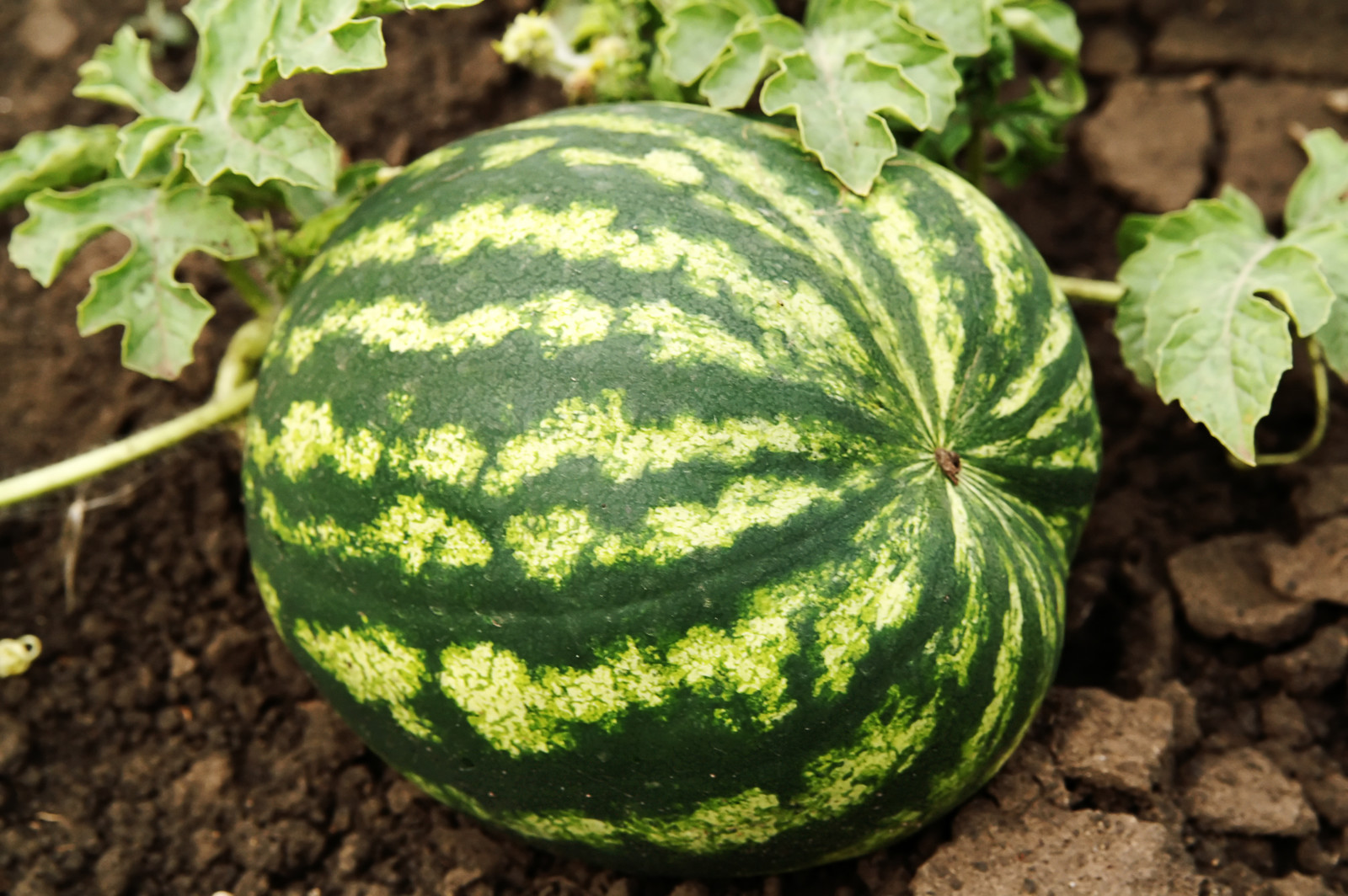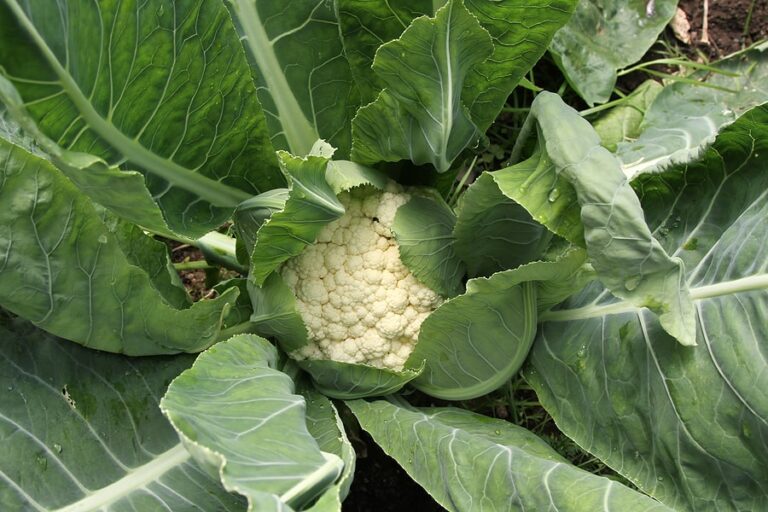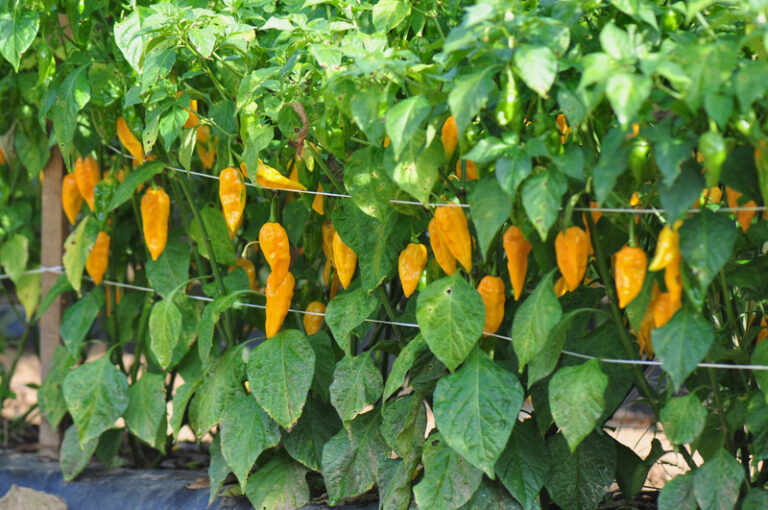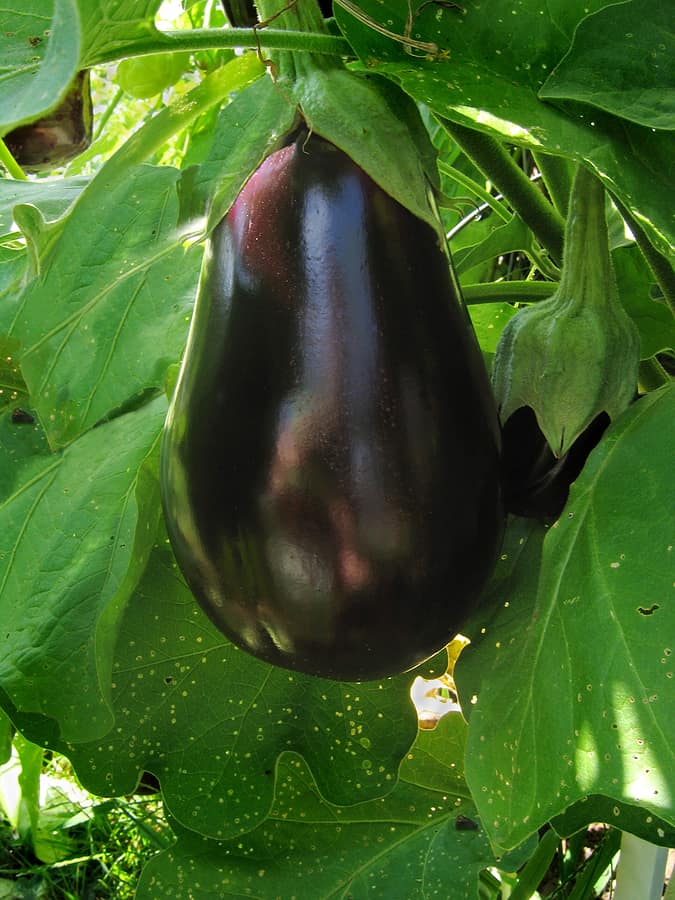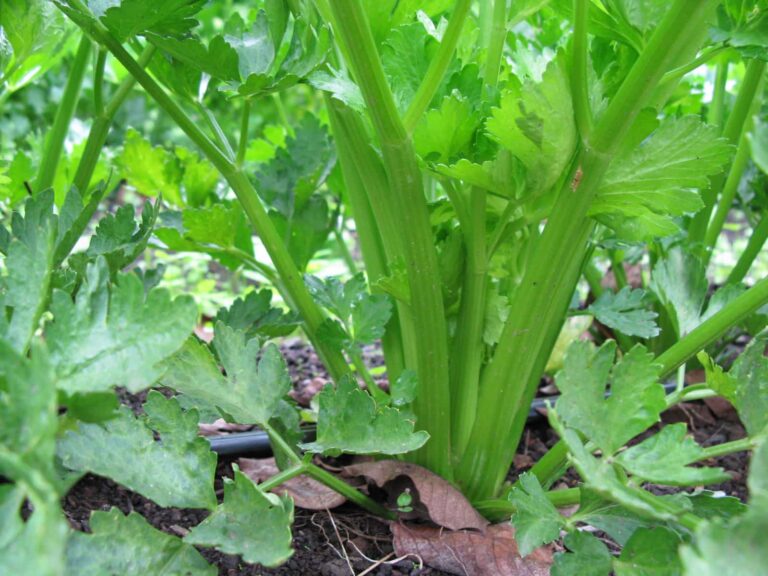How to Know When Watermelons Are Ready for Harvest
With three decades of growing watermelons in my garden—and plenty of trial, error, and “aha!” moments along the way—I’ve picked up a handful of foolproof tricks for knowing exactly when those big, juicy melons are at their sweetest. Skip these simple checks, and you might end up with underripe crunch or overripe mush. Follow the tips below—honed by hands-on experience and backed by horticultural research—and you’ll be slicing into perfectly ripe, flavor-packed watermelons all summer long.
1. Tendril Color and Texture
- What to look for: The curly tendril closest to the fruit’s stem will dry up and turn brown when the melon is ripe.
- Why it matters: As the vine redirects nutrients into the fruit, that tendril desiccates—a clear biological signal that sugar accumulation is complete.
2. Ground Spot Change
- What to look for: The spot where the melon rests on the soil shifts from white or pale green to creamy yellow.
- Why it matters: Chlorophyll breaks down and carotenoids become visible as the fruit matures, signaling optimal sweetness development.
3. Surface Sheen
- What to look for: The shiny, glossy surface of an unripe melon becomes dull and matte when ripe.
- Why it matters: The epicuticular wax layer changes as sugars and acids reach their peak balance, reducing surface reflectance.
4. Thump Test (“Punk” Sound)
- What to do: Rap the melon with your knuckles.
- What you’ll hear: A ripe watermelon gives a deep, hollow “punk” sound; an unripe one sounds sharp or “pink.”
- Expert note: This auditory test was first popularized by Mark Twain and has been validated in sensory trials as correlating with high Brix (sugar) levels.
5. Sweet Aroma
- What to smell: A faint, honey-like scent at the stem end of the melon.
- Why it matters: Volatile aroma compounds increase as sugars concentrate, offering an olfactory cue to ripeness.
Timing and Technique
- Days to maturity: Most varieties mature in 65–90 days after sowing—check your seed packet for specifics.
- Harvest window: Melons on a vine typically ripen over a two-week period, so monitor each fruit individually.
- Cutting fruit: Use a sharp knife or garden pruner to leave a short stub of stem on the melon—this reduces entry points for pathogens.
- Post-harvest: Watermelons do not ripen further once picked; store at 50–60°F (10–15°C) for best flavor retention and shelf life.
By combining these visual, tactile, and sensory checks—backed by both decades of field experience and horticultural research—you’ll consistently harvest watermelons at their peak. Enjoy perfectly sweet, crisp melons every time!
Watermelons Overview Post:
How to Grow Watermelons from Seed to Harvest: Ultimate Guide for Sweet, Juicy Success
Melons Overview: The Ultimate Guide to Growing Melons: From Planting to Harvest
Related Posts:
Starting Watermelons Right
- When and How to Start Watermelons: A Seed-Starting Guide
- Watermelon Temperature Needs: Warmth, Frost, and Growth Milestones
- Soil Prep and Mulching Tips for Healthy Watermelons
Planting & Space Planning
- How Much Space Do Watermelons Need?
- Growing Watermelons in Containers: Tips for Small Gardens
- Growing Watermelons Vertically: Tips for Small Gardens
- Companion Planting for Watermelons: What Works and What Doesn’t
Watermelon Care Through the Season
- Caring for Watermelon Plants Through the Season
- Watering Watermelons: How Much and How Often
- How to Feed Watermelons: Fertilizer Schedules and Organic Options
- Watermelon Pollination Tips: Helping Watermelons Set Fruit
Dealing with Pests and Diseases
Knowing When to Harvest
Choosing the Right Varieties
- Watermelon Varieties by Size: From Personal Melons to Giants
- Top Watermelon Varieties for Short Growing Seasons
- Best Long Vine Watermelons for Large Gardens
- Best Watermelon Varieties for Small Spaces (Bush & Short Vines)
- How to Grow Seedless Watermelons Successfully
Enjoying the Harvest

